WHAT RICHARLISON COMMENT ON ARSENAL STAR DECLAN RICE INSTAGRAM POST AFTER FA RELEASE OFFICIAL STATEMENT HAS BEEN THE MOST LIKED COMMENT, IT STUNNED EVERYONE
The Emirates roared, Eberechi Eze stole the headlines with a jaw-dropping hat-trick and Arsenal left Tottenham in tatters with a 4–1 victory that — on the face of it — should have been the big story. Instead, by the time the dust settled online, it was a short snappy line under an Instagram post and an unverified claim about FA-released audio that had football Twitter, message boards and club fans spiralling into argument. The substance of that attention: a reportedly cutting remark from Arsenal’s star Declan Rice down to Tottenham’s Richarlison on the pitch — and, later, a hugely-liked reply from Richarlison to an Instagram upload that some accounts are calling “the most liked comment” on the thread.
Here’s what we can verify, what’s being claimed, and where the line lies between confirmed reporting and rampant social-media rumour.
What actually happened on the pitch
Arsenal dominated the North London derby. Leandro Trossard opened the scoring and Eberechi Eze’s three goals completed the rout; Richarlison’s long-range strike gave Spurs a moment of pride but could not stem the tide. Match reporters from major outlets ran the same basic account: a convincing Arsenal victory that strengthened their grip near the top of the table.
In the heat of any derby, tempers flare. The late stages of this one saw sharper tackles, animated exchanges and players closer to confrontation than usual — nothing unusual for rivalries that are deeply personal and played under enormous pressure. Managers, broadcasters and the public remarked on Tottenham’s lack of fight and Arsenal’s ruthless finishing, not on a single decisive altercation.
The social-media storm: the comment, the clip, the claim
The controversy began after short clips and screenshots circulated online. One narrative that spread quickly claimed that audio captured Declan Rice saying something provocative to Richarlison — with the FA then supposedly releasing an “official” note confirming what Rice had said. Several smaller, fast-turnaround sports sites and fan pages ran pieces repeating that the FA had “released” audio or had confirmed the words exchanged; those posts gained traction on X and in WhatsApp groups. One such post amplifying the FA-audio claim appeared on a niche sports site and was picked up by fan pages.
That is where clarity is needed: major outlets that covered the match in detail (leading newspapers and wire services) focused on the game and the performances; none of the widely trusted mainstream match reports published by those outlets carried independently verified FA confirmation of an audio release showing a specific insult or phrase. In short: clips and claims circulated widely, but independent verification — from the FA itself in a public press release or from established mainstream media sourcing the FA directly — was not present at the time of reporting.
Alongside those rumoured audio claims, screenshots of a comment thread on Instagram began doing the rounds. The post that caught the eye was an image/video on an Arsenal player’s account; the screenshot showed a reply attributed to Richarlison which, according to several social posts, became “the most liked comment” and generated an immediate social-media reaction. Again: the image of the comment circulated and was shared hundreds of thousands of times — but social metrics on a constantly changing Instagram post are ephemeral, and objective confirmation (screenshots can be miscaptioned or doctored) from independent trackers or the Instagram account itself is the only fully reliable route to declare “most liked” status. No such authoritative confirmation was present in mainstream reportage at the time of writing.
Why the gap between rumour and verified fact matters
Football now lives on two parallel timelines: the ninety-minute game and the 24/7 social-media cycle that remixes, replays and often escalates every exchange. When a short phrase — real or alleged — becomes the seed for headlines, it has real consequences. Clubs can face disciplinary enquiries, managers must calm dressing rooms, players become targets for abuse, and the governing body (the FA) is asked to investigate. But the FA’s disciplinary processes and statements are formal: they typically issue clarifying releases only after investigations are complete. A hastily reposted “leak” on a fan site does not equal an official FA notification. That distinction matters for fairness and due process.
How clubs and the FA usually handle such incidents
If an official complaint is lodged or an incident is flagged in match footage or pitch-side audio, the FA’s representatives will review the evidence — match footage, referee reports, steward logs and any available audio — and decide whether a formal charge is warranted. Players can be cautioned, charged, or cleared; if charged, there is a formal hearing process and the outcome is published. In the absence of an FA press release or an obvious disciplinary notice, the posture for media and fans should be one of caution. That means reporting what has been verified (the scoreline, the match events) and clearly labelling other material as “unverified” or “alleged”.
Fans, players and the petrol-tank of modern social media
Derbies amplify emotion. Add the instantaneous reach of social platforms and even a two-second exchange can be seized, captioned and weaponised. For players, that means everything — brand deals, national team reputations and mental wellbeing — can be affected in an instant. For managers and clubs, the imperative is often damage control: brief statements, calm heads, and requests for official clarification. Fans, meanwhile, split into factions: some demand disciplinary action; others defend the player accused of a transgression; a noisy minority profit from stoking flames. The end result is often weeks of noise even when the underlying facts are thin.
What happens next — plausible scenarios
- FA confirms and acts. If the FA does confirm and publishes an official finding or charges, outlets will report it with the full legal wording and the accused player(s) will be given time to respond. Sanctions could range from fines to suspensions, depending on the content of any proven abusive language.
- FA finds nothing substantive. If the audio is ambiguous or the evidence inconclusive, the FA may close the matter quietly. The social-media fallout may remain, but formal consequences will not.
- Clubs step in privately. Clubs sometimes deal with incidents internally — speaking to players, offering counselling, or issuing club statements — without full public disclosure. That route seeks to resolve matters behind closed doors but seldom satisfies the public appetite for transparency.
- The rumour cycle continues. In many cases, the combination of screenshots, fan chatter and opinion pieces keeps the story alive even if no official action follows. The damage to reputations can be asymmetric: louder accusations tend to stick even when disproved.
Final word: keep sceptical eyes on the source
The North London derby provided plenty of verified talking points — a hat-trick, a star performance and a scoreline that will matter in the title race. The more explosive claims (FA-released audio, “most liked” Instagram comment from Richarlison) generated enormous noise but, at the moment, sit in the grey area between rapid social-media reportage and formal confirmation. Until or unless the FA or the clubs publish an unambiguous official record, responsible reporting should flag those claims as unverified and avoid presenting them as settled fact.
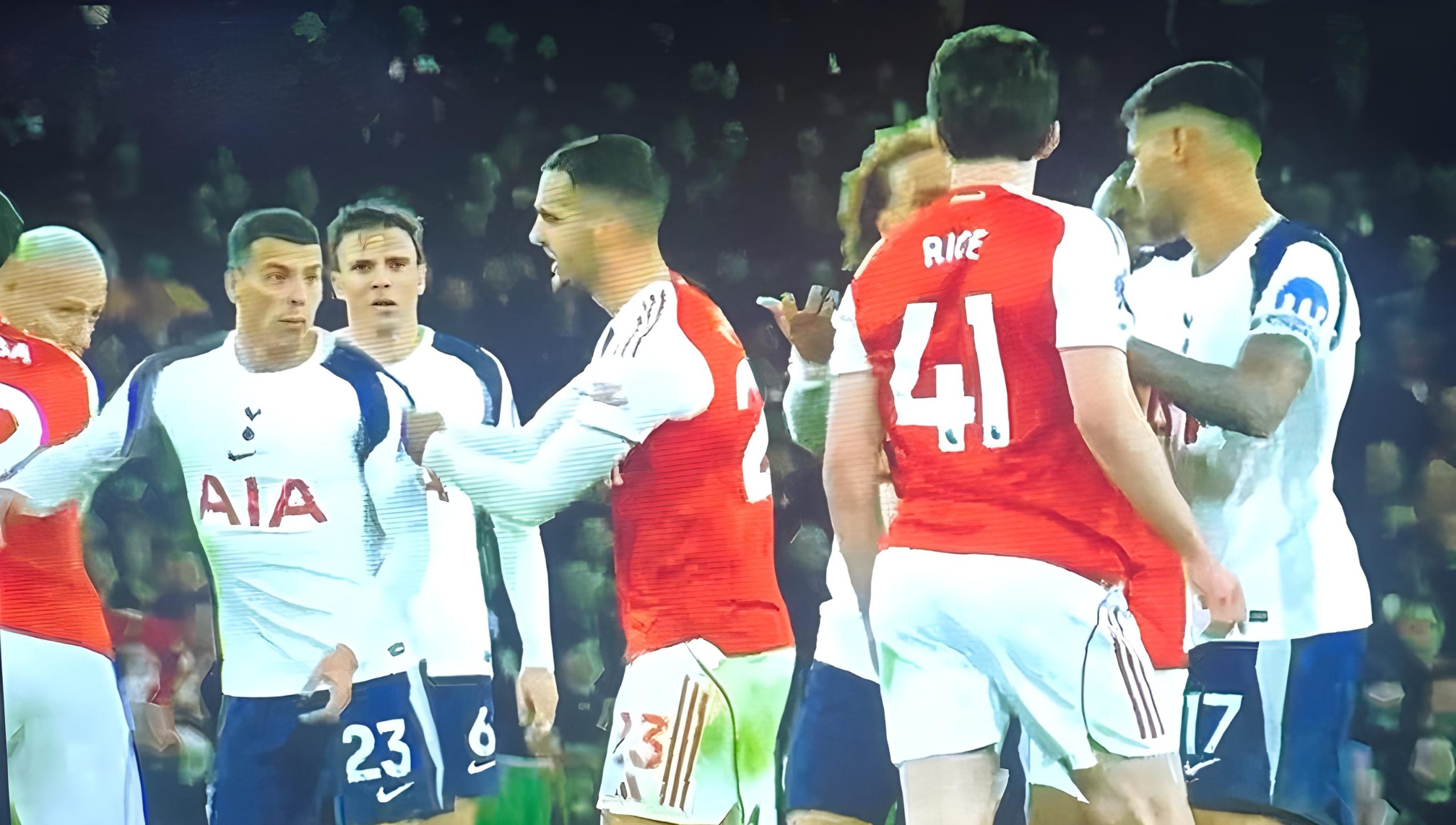
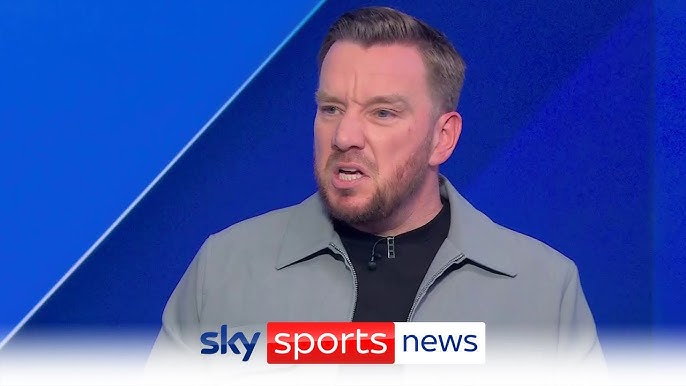
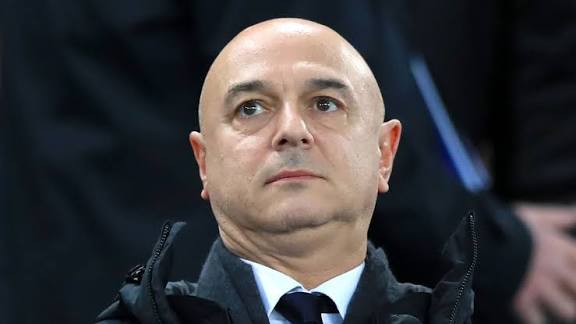
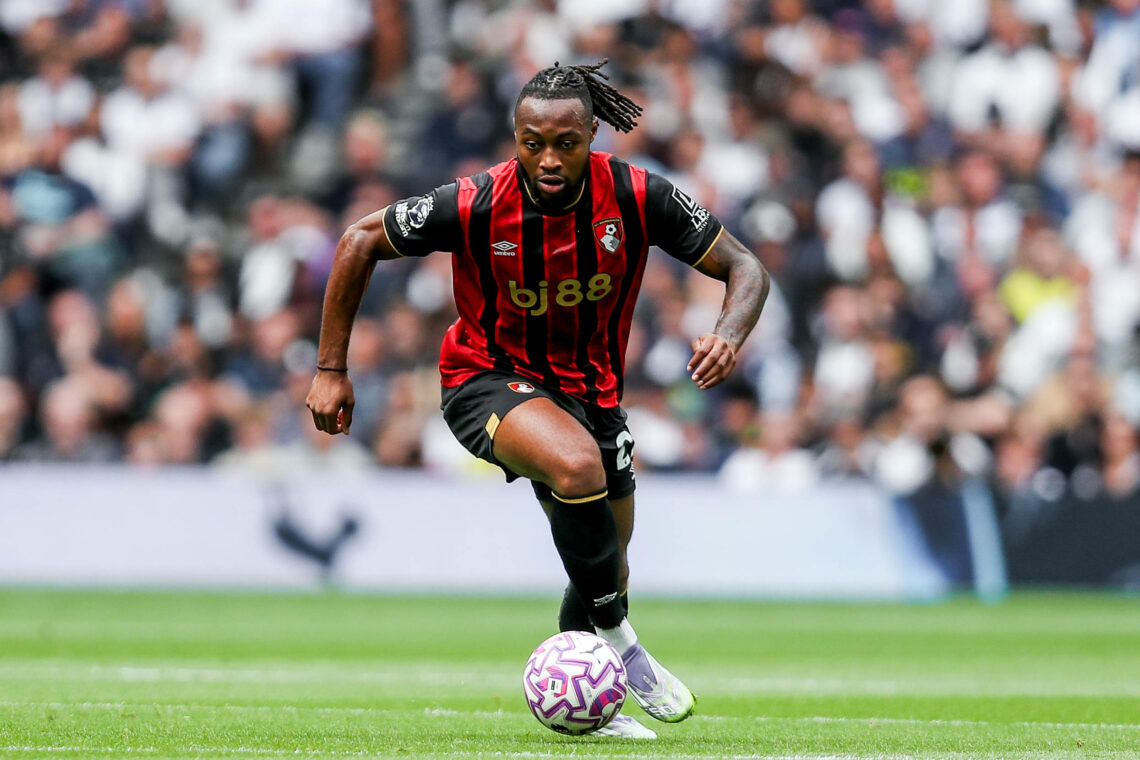
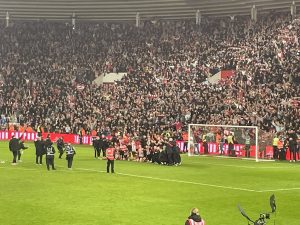
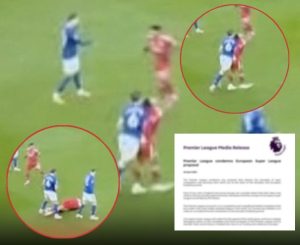
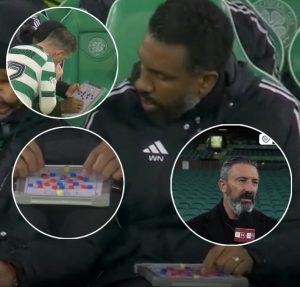
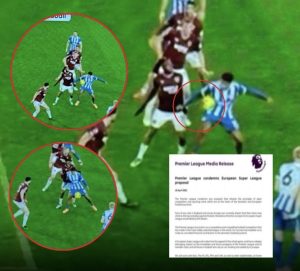
Post Comment